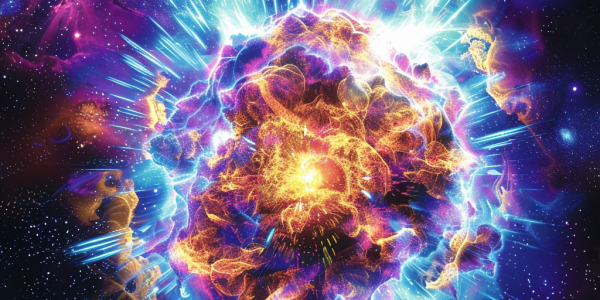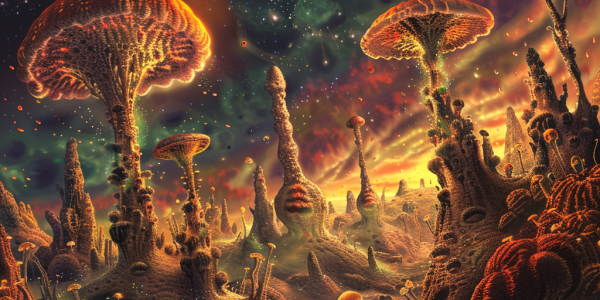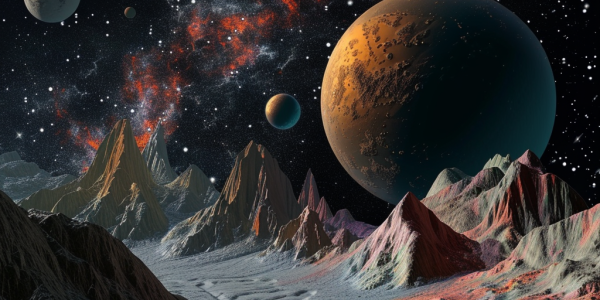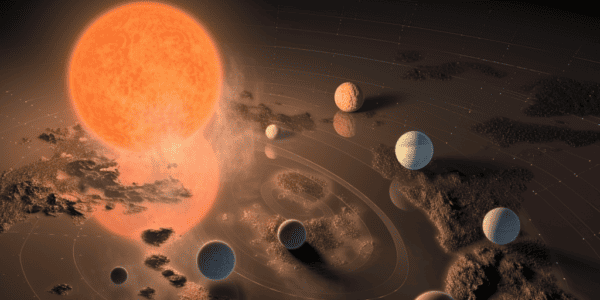Supernova Explosions: Harmful Radiation and Life’s Cosmic Connection
Recent research in the Astrophysical Journal Letters reveals the dual effects of supernova explosions on Earth, highlighting their potential to cause DNA damage while also contributing to the formation of life-essential elements like iron isotopes. This study emphasizes the complex relationship between cosmic events and biological processes, suggesting that supernovae may play a crucial role in the evolution of life in the universe.
Study Explores Photosynthesis Potential Under K-Dwarf Stars
A recent study investigates how photosynthetic organisms, including garden cress and cyanobacteria, perform under light from K-dwarf stars. Findings suggest these organisms can thrive in such environments, expanding our understanding of potential life on exoplanets. This research highlights the adaptability of life beyond Earth and underscores the importance of exploring various stellar conditions in astrobiology.
The Fascinating Diversity of Alien Life: Beyond the Conventional Depictions
The search for alien life is a captivating quest that has intrigued humanity for ages. Contrary to popular depictions, experts suggest that aliens, if they exist, may have diverse physiologies shaped by unique environmental conditions. From flying creatures on planets with dense atmospheres to subterranean organisms thriving underground, the potential for extraterrestrial life is far more complex and intriguing than seen in movies. Research even suggests that aliens exposed to extreme UV radiation could glow in vibrant hues as a protective adaptation. The exploration of distant worlds and their inhabitants remains a fascinating frontier for scientific inquiry.
Advancing Exoplanet Geology Through Observations
Explore the evolving field of exoplanet geology and the exciting possibilities that lie ahead in exoplanetary research. Learn how advancements in observational technologies are reshaping our understanding of planetary systems and opening up the potential to investigate the geology of rocky exoplanets. Discover the implications of studying atmospheric conditions on rocky exoplanets and the challenges researchers face in understanding their geological processes. Find out how next-generation telescopes like the James Webb Space Telescope (JWST) are providing valuable data for researchers to refine our comprehension of rocky exoplanet geology and evolution.
Study Suggests Trappist-1 Planets Unlikely to Support Life
Recent study suggests that the likelihood of life existing within the Trappist system is slim, as the planets are more likely to be barren and stripped of their atmospheres. Red dwarf stars present unique challenges for habitable worlds, with intense solar flares subjecting nearby planets to high levels of X-rays and other hazardous radiation. Observations from the James Webb Space Telescope confirm the absence of significant atmospheres on the innermost planets, with computer simulations estimating rapid atmospheric evaporation on the outer exoplanets. The study underscores the challenges posed by the system’s proximity to a red dwarf star and sheds light on the harsh realities that may limit the habitability of planets orbiting red dwarfs.





